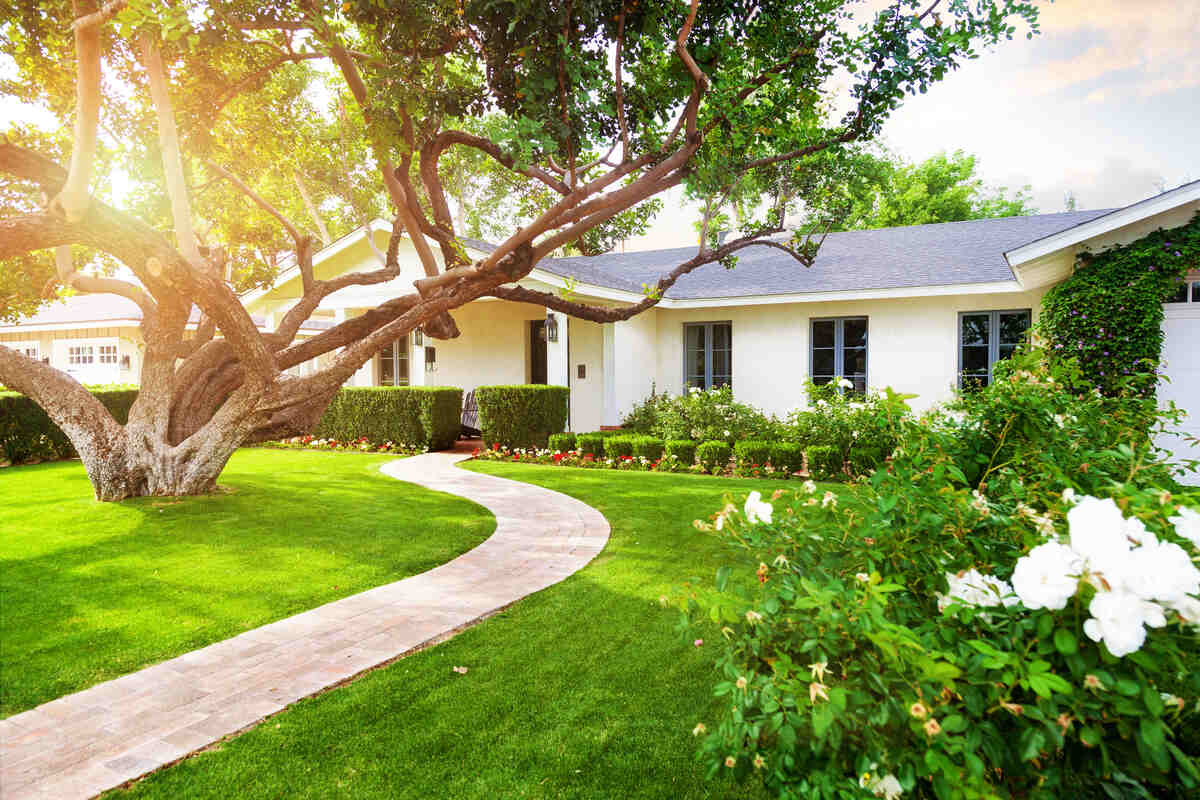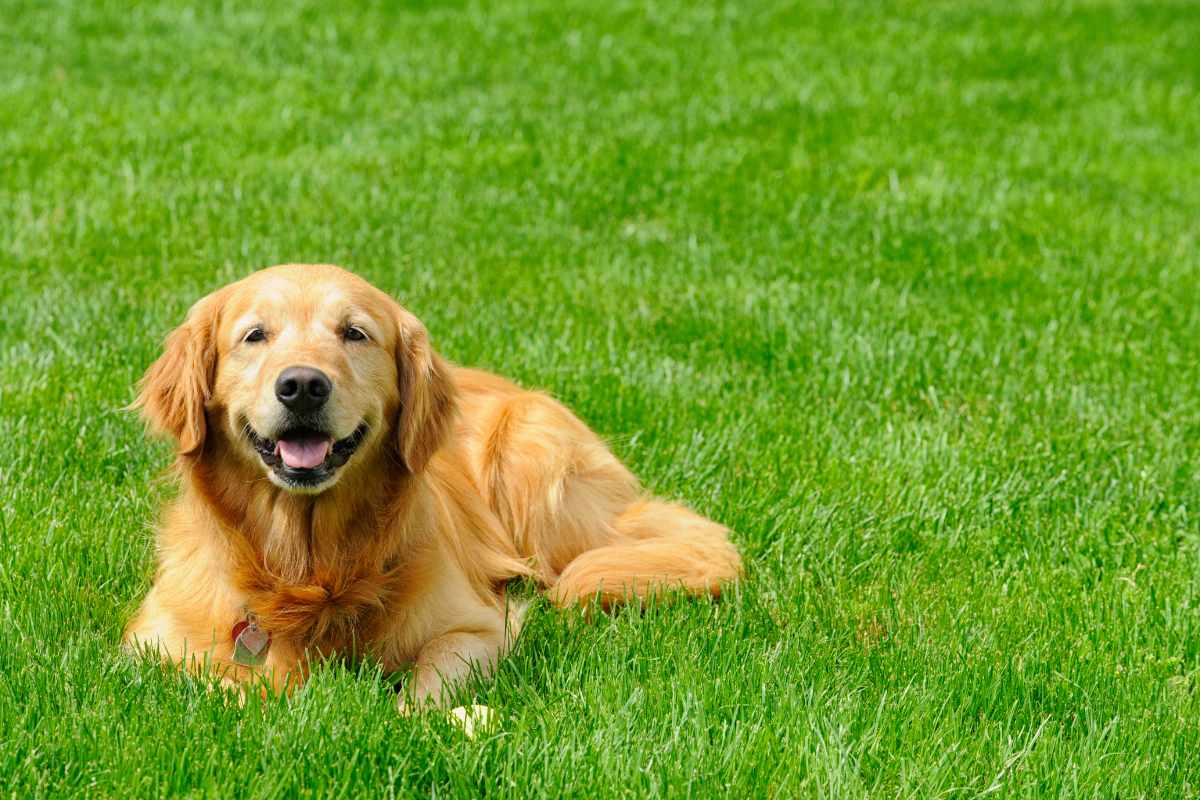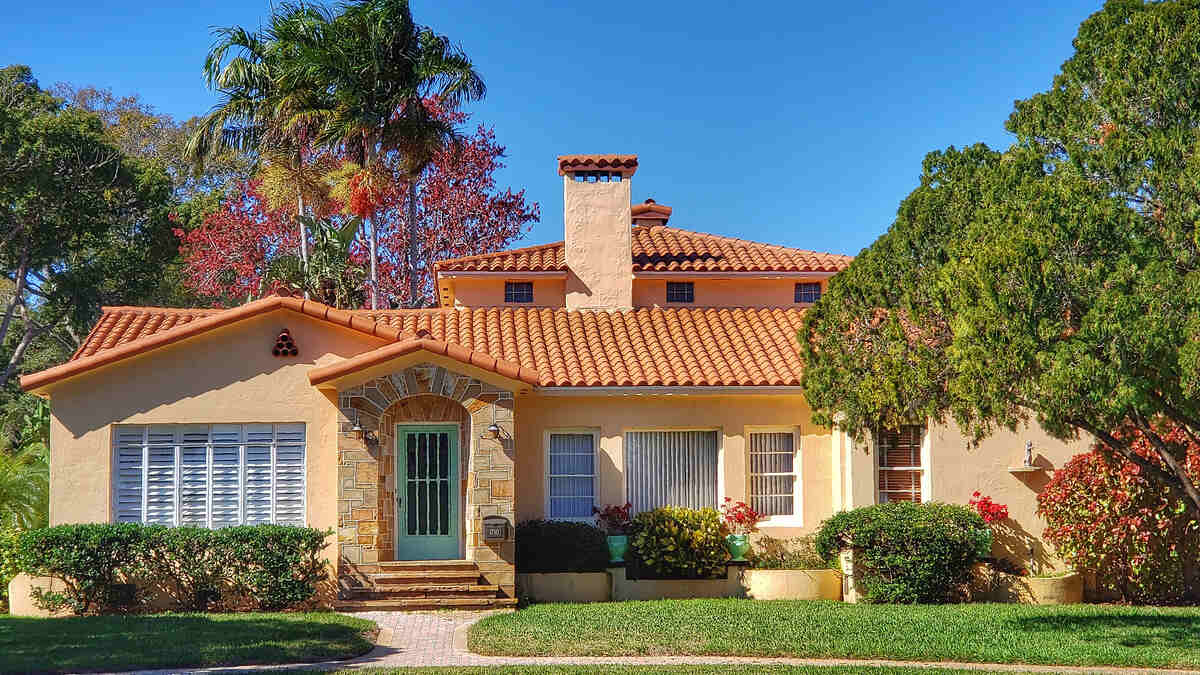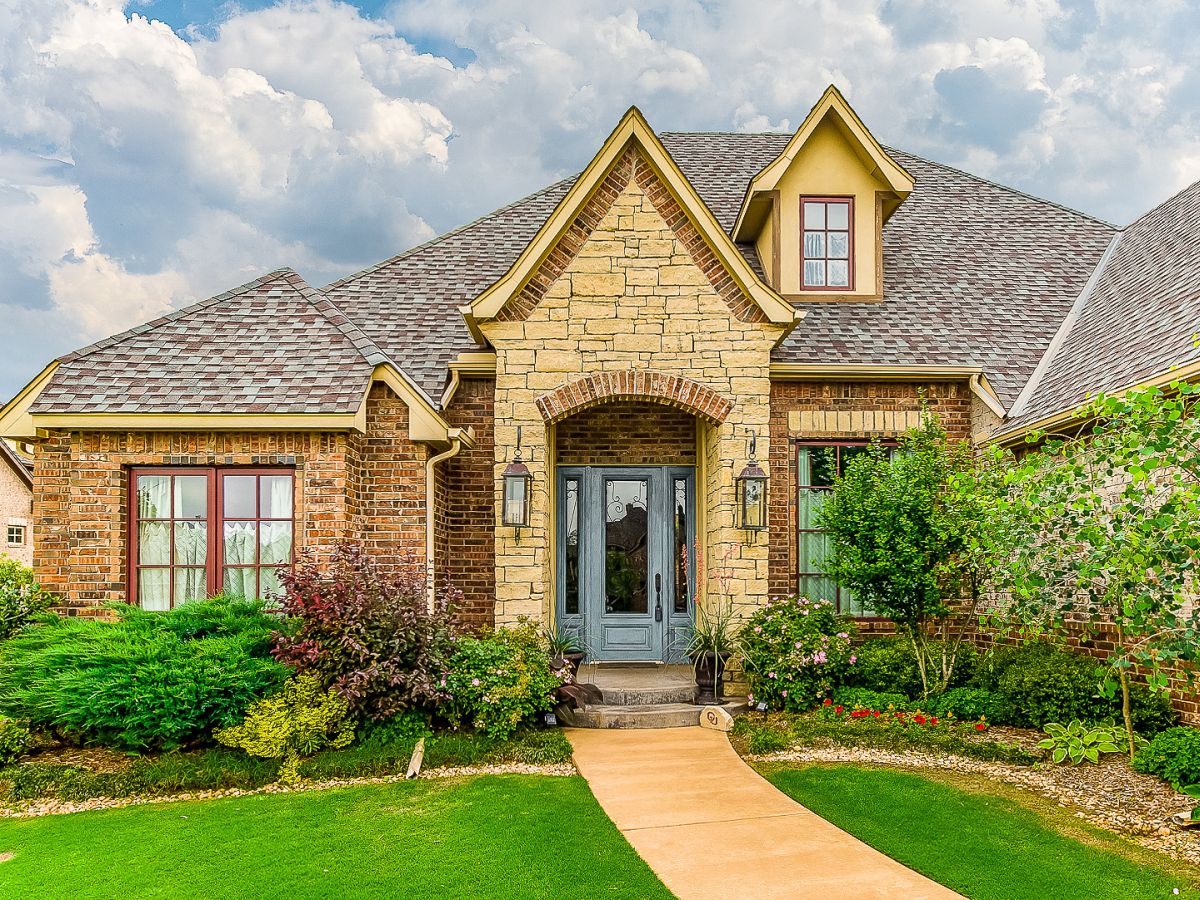
Choosing the best type of grass for your lawn can be a challenge. Zoysiagrass is a fantastic warm-season option for Southern homeowners, but it also makes a great choice if you’re straddling the northern and southern climates across the transition zone. It grows into a lush, dense carpet of grass with great foot traffic and drought tolerance but isn’t as high maintenance as St. Augustine or Bermudagrass.
To help make growing your lawn easier, we’ve gathered all you need to know and put it into this handy guide to growing Zoysiagrass.
Zoysiagrass At A Glance
Classification: Warm-season grass
Spreads by: Rhizomes and stolons
Shade tolerance: Tolerates light to moderate shade
Soil type: Well-draining, some cultivars more tolerant of a wide range of soils than others
Soil pH: 6-6.5
Mowing height: 1 – 2.5 inches
Drought resistance: High
Foot traffic tolerance: High (typically used on fairways at golf courses)
Maintenance needs: Moderate
Potential for disease: Good disease tolerance overall
Insect pest tolerance: Not typically prone to problems but is susceptible to some
Other notes: Moderately salt tolerant; mow at a taller height if the grass is growing in partial shade
The Basics Of Zoysiagrass
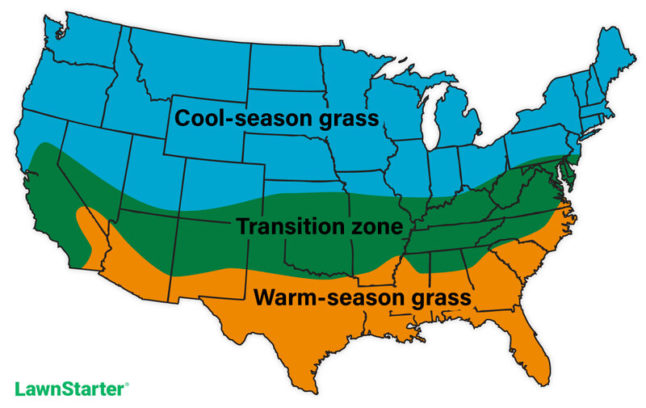
Zoysia is a warm-season turfgrass introduced to the United States in the late 1800s and early 1900s from parts of Southeast Asia, Japan, and China. Shortly after introduction to the U.S., turf breeders cultivated new varieties well-suited for warm-season lawns where the climate is hot and transition zone lawns with mixed environments.
Some warm-season grasses, such as Bermudagrass, fail in the transition zone because they don’t have the cold tolerance to survive cool weather. And cool-season grasses like Kentucky bluegrass and fine fescue can’t handle the heat of transition zone summers.
This breeding program was incredibly beneficial and led to a boom in Zoysiagrass popularity as the newer cultivars filled a niche in the mixed climate, with good cold tolerance and the ability to withstand the heat.
Zoysiagrass’s coarse-textured, emerald-green grass blades grow vigorously during the summer heat to produce a dense, attractive lawn. It prefers full sun but can also grow in some shade.
One disadvantage of Zoysiagrass is that it develops a thatch layer that must be reduced or removed every year or two. Regular dethatching of your lawn minimizes disease and insect problems and keeps water, air, and nutrients moving down into the soil.
Important note: Individual traits may vary slightly from one cultivar to another, so it’s important to do some research to find the best Zoysiagrass variety for your lawn.
Zoysia Species Commonly Grown as Turf in the United States
Zoysia japonica:
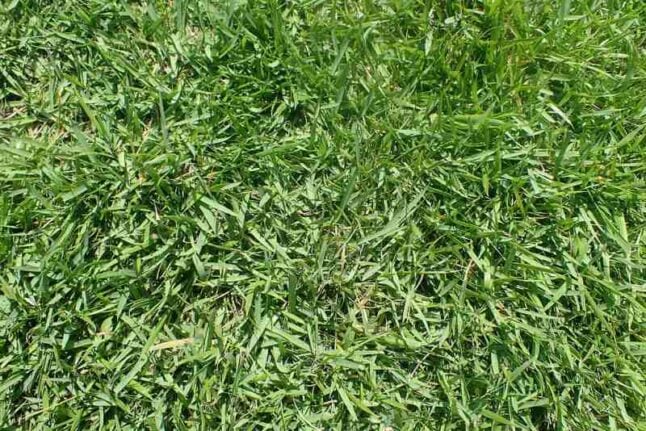
- Also known as Korean or Japanese lawngrass
- Coarse-textured blades
- Performs better at higher mowing heights
- Best cold tolerance among the turf types
- Popular cultivars include ‘Meyer,’ ‘Zenith,’ and ‘El Toro’
- Buy Seeds Online
- Buy Sod Online
- Buy Plugs Online
Zoysia matrella:
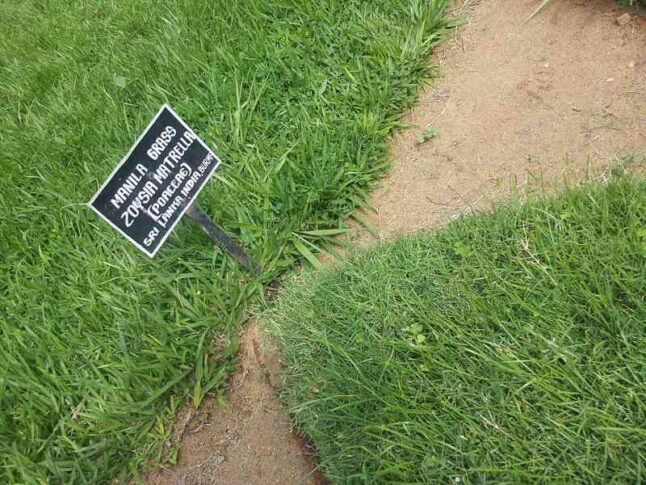
- Also called Manilagrass
- Fine-textured blades
- Performs better at lower mowing heights
- Less cold hardy
- Better shade tolerance
- Popular cultivars include ‘Emerald’ and ‘Leisure Time’
- Contact a local lawn care pro to find a supplier
Pros And Cons Of Growing A Zoysia Lawn
Before you decide if Zoysia is the right grass type for your lawn, weigh its pros and cons.
Pros:
✓ Great “barefoot grass” to walk on
✓ Crowds out most weeds
✓ Available in fine-bladed and wide-bladed varieties
✓ Grows well in sand, loam, and clay soils
✓ Will tolerate light shade
✓ Good salt tolerance
✓ Good for high-traffic lawns
✓ Cold-tolerant
✓ Generally drought-tolerant
✓ Can be grown as a low-maintenance or a high-maintenance turf
Cons:
✗ Grows slowly
✗ Slow to establish from grass plugs or seed
✗ Establishing new Zoysia via sod can be costly
✗ Turns brown during a drought
✗ Too much nitrogen causes thatch buildup
How Do You Establish Zoysiagrass?
Recommendation: Establish Zoysiagrass from sod instead of seed, sprigs, or plugs for best results.
Zoysiagrass is incredibly slow to start from seed or plugs, so experts recommend using sod to establish a lawn. Sod comes with a much higher price tag than seed, sprigs, or plugs, so you must consider this before starting your lawn.
You can certainly buy seed for Zoysia japonica turf, but keep in mind that its slow growth means you need to work harder to keep weeds at bay before the grass fills in and covers the yard.
There’s no denying that planting seed is by far the cheaper of the two options, and installation is much easier labor-wise. For homeowners facing economic constraints or budget concerns, this makes seeding attractive. On the flip side, seeding takes a lot of time to grow into a beautiful lawn.
Laying sod takes more soil prep and a little micromanaging in the early days to get it off to a good start, but you’ll see a higher-quality turf much quicker. For some, the better result is worth it.
Sprigs and grass plugs are also available for Zoysiagrass, but they are slow to establish, too, because of the sluggish growth rate. You can expect them to take a full season (or longer!) to cover the yard completely.
The Cost Of Starting Zoysiagrass
Zoysia seed: A 5-pound bag of Zoysia seed (with mulch) starts at $35-40 for overseeding up to 2,000 square feet or 665 square feet of new lawn.
Zoysia sod: Zoysia sod costs $0.65 to $1.25 per square foot, depending on the cultivar.
Zoysia plugs: A 70-count set of Zoysia plugs will be around $70 and provides about 70 square feet of coverage once established if planted 12 inches on center.
When To Plant Zoysiagrass
Zoysiagrass seed: If you decide to try your hand with seed, it’s best to plant in about mid-spring, a little earlier than other warm-season grasses. This timing gives the slow seed time to germinate and sprout before the summer heat. But then the lawn has the rest of the growing season to put down a good root system before winter dormancy.
Zoysiagrass sod or plugs: When it comes to timing, sod and plugs are a little more forgiving and can be laid whenever you have time to tackle the project. However! You’ll have an easier time getting your lawn established if you do it when temps are more moderate in the spring or fall.
Caring For A Zoysiagrass Lawn
While Zoysia takes less maintenance than other warm-season grasses like Bermuda and St. Augustine, you’ll still have to take care of it if you want your lawn to stay lush, green, and healthy. Here are our best tips for maintaining Zoysiagrass.
Water Requirements
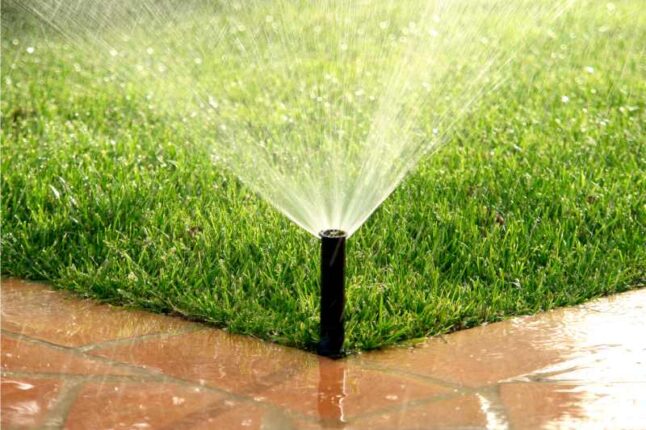
A good rule of thumb is to water your lawn 1 inch per week, watering deeply and less frequently. Although, always keep an eye on your grass for signs it needs more water or more frequent applications. Wilted, folded, or curled leaves, footprinting, or a dark bluish-gray appearance indicate your lawn needs a drink.
When using a sprinkler system to water, early morning is the best time to irrigate the lawn. Try to have everything watered by 10 a.m. for the best water use efficiency. Once the day gets hotter, you’ll begin losing water to evaporation before it can soak into the soil.
When and How To Fertilize
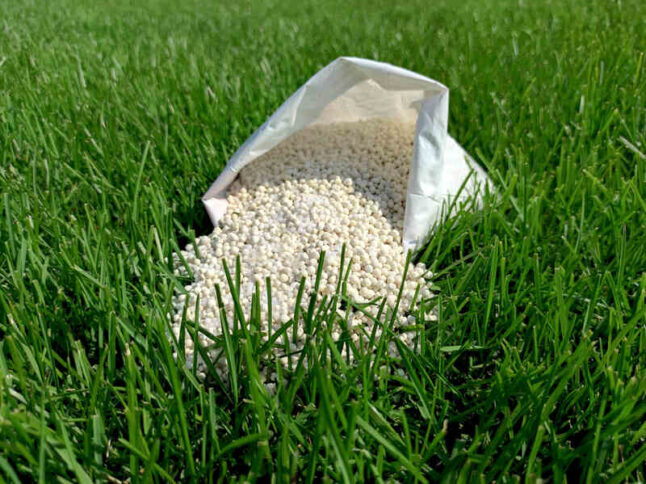
Every year, plan to give your Zoysia lawn 1-2 pounds of nitrogen (N) per 1,000 square feet. Remember, though, specific fertilizer rates vary depending on your soil type, organic matter level in the soil, and if you’re growing in sun or shade. To get the most accurate recommendation, I always suggest running a soil test every couple of years.
Plan for three fertilizer applications per year: early spring, early summer, and mid to late summer. If you live in an area where the grass grows year-round – South Florida, for instance – you can fertilize throughout the year.
Need help picking a good lawn fertilizer? We’ve got you covered with our guide on How to Choose the Right Lawn Fertilizer.
Mowing Recommendations
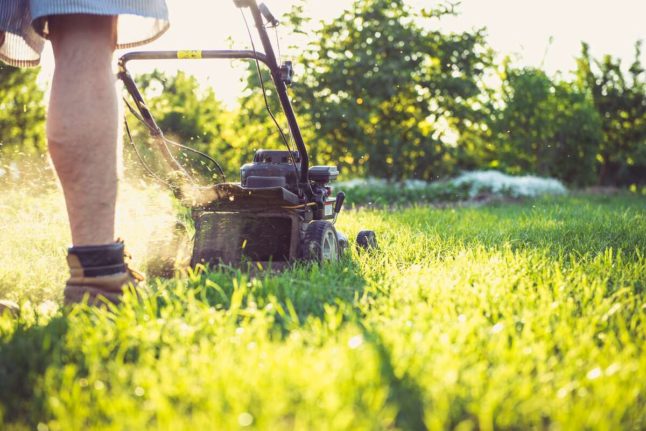
Zoysia grows best when home lawns are mowed between 1 and 2.5 inches. Zoysia japonica prefers to be cut at the higher end of this recommendation; Zoysia matrella likes to be on the shorter side. Don’t forget that you shouldn’t cut off more than one-third of the grass’ height when mowing!
Note: There’s more to mowing than heading outside and running the mower around the yard. We’ve put together a great guide containing our best mowing tips.
Dethatching and Aeration
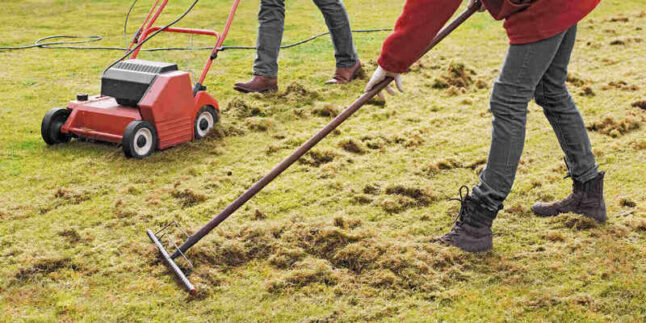
This area is where Zoysia gets its moderate maintenance requirements. Unlike easy-going Bahiagrass, you must dethatch and aerate Zoysia periodically to keep it growing well.
Thatch typically becomes problematic in certain Zoysia varieties if you’ve overfertilized it with nitrogen. Once you see that thatch layer is creeping up on an inch in depth, you should think about dethatching the lawn to improve water and air movement into the soil.
Some states go back and forth on whether to dethatch Zoysia as it recovers slowly due to its growth rate. I recommend calling your local Cooperative Extension Office for advice or performing several light dethatching sessions instead of one severe, deep pass.
If you’re seeing soil compaction, you may also want to consider core aeration. In core aeration, a machine pulls soil cores from the lawn to open up soil compaction, allowing air and water to move better down into the topsoil.
Dethatching and aeration should be done during late spring or early summer, just as your grass goes into its most prolific growth.
Weed Management
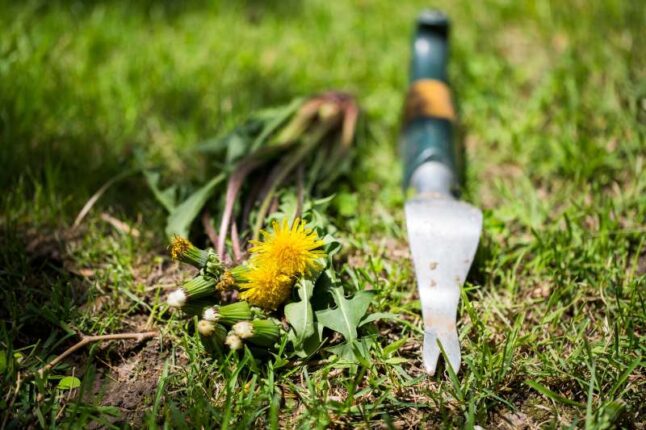
Weed management is important when establishing a new Zoysia lawn, and it takes its sweet time to fill in. Once established, though, weeds aren’t typically a big problem because the grass creates such a thick carpet and crowds weeds out.
However, you can always use mechanical methods such as hand-pulling or chemical control if you struggle with weeds. Zoysia does tolerate a wider range of herbicides than other warm-season grasses like St. Augustine or centipedegrass.
Insect and Disease Control
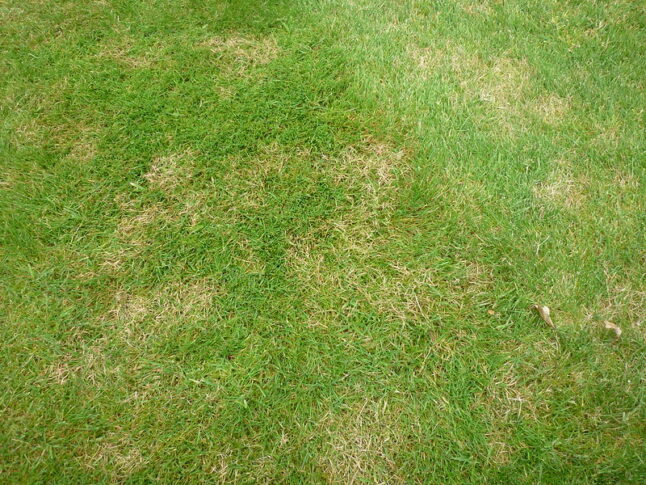
Insect and disease pressure is usually pretty low with Zoysia, but it isn’t immune to problems. Regularly scout your lawn for issues and formulate a treatment plan when you spot anything concerning.
Common insects include:
- Zoysiagrass mites
- Lawn grubs, aka white grubs
- Mole crickets
- Hunting billbugs
- Armyworms
- Chinch bugs
- Sod webworms
- Nematodes
Although disease pressure is generally low, Zoysia can be susceptible to the following:
- Large patch
- Root decline
- Spring dead spot
- Rust
- Curvularia blight
- Leaf spot
FAQ About Zoysiagrass
Zoysiagrass is considered difficult to grow from seed because it has a low germination rate and a slow growth rate. It takes considerable time to sprout and fill in bare spots across the seeding bed.
Your lawn will benefit from periodically overseeding Zoysiagrass, especially if you see thin spots or bare patches. Overseeding in the late spring is best, but if you overseed in the fall, sow seed at least 60 days ahead of the first expected frost.
Zoysiagrass is a warm-season grass that grows best in climates with warm summers. It’s well-suited for growing across the southern states, from the hot, humid Southeast to parts of California and parts of the transition zone.
Get Lawn Care Help From a Pro
If you think a Zoysiagrass lawn may be a great fit for your yard, contact one of our local lawn care professionals today. They can help you install and care for your grass, letting you spend your free time doing the things you love.
Main Photo Credit: Bill Wilson / Flickr / CC BY 2.0
